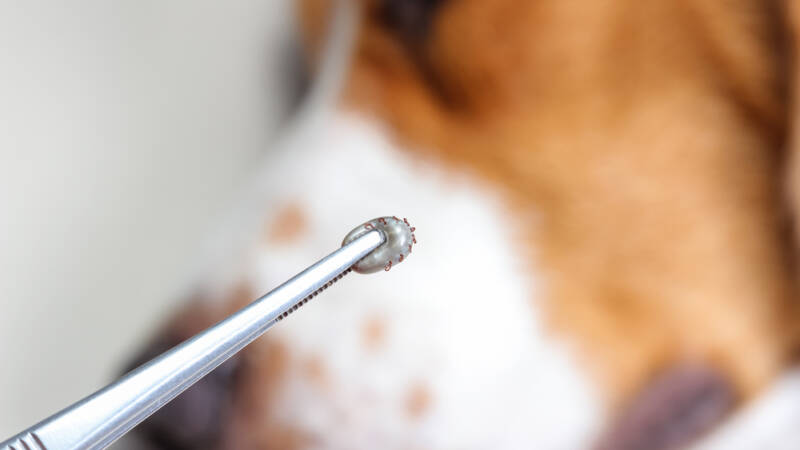How To Choose the Right Flea and Tick Medication For Your Pet

Fleas and ticks love heat and humidity, so they thrive in the spring and summer months. They’re rugged creatures and are a pain to get rid of once your pet has them. They hang out in tall grass, your garden and wetland areas until they find a nice new home in your pet’s fur. Search online for more places they hang out and the consequences of being bit, for both you and your dog or cat.
Tick keys, flea combs and bottles of pest-killing shampoo can all help with removal once you’re dealing with an infestation or bite. Dips and both topical and ingestible medications can help with prevention, killing the pests upon contact or shortly after.
Knowing these five tips for choosing the right flea and tick medications may spare you the cost and stress of dealing with an unexpected houseguest riding in on your furry friend.
How to Determine if Your Pet Has Fleas or Ticks
With a life cycle of three to four weeks and a female laying up to 50 eggs a day, fleas live a long time if not treated quickly. Check your pet regularly for these signs of fleas:
- Itchy skin
- Scratching or biting around the legs, groin, armpit or paws
- Hair loss
- Visible moving bugs
- Flea dirt on pet fur or bedding
- White oval flea eggs
- Tapeworms around rectum
- Pale gums
- Rash or unusual red-coloured patches
Your pet may not show symptoms from a tick bite for days, so it is a good idea to check your pet for them after every walk, especially during peak tick season.
Signs your pet has ticks:
- Loss of appetite
- Brown, grey, black or reddish lump on the skin (visible tick)
- Unsteady walk
- Lethargy or fatigue
- Difficulty standing
Phone your veterinarian if you think your pet has fleas or ticks. Together you can determine the severity of the problem, do any testing and pursue the safest and most effective treatment.
How to Choose the Right Medication
There are many varieties of flea and tick medications in every form imaginable. Consider the following when you chat with your veterinarian about the right medication for your pet.
Safe For You and Your Pet
Your pet’s age, size and allergies must be considered when choosing the safest medication. Be sure that the ingredients are safe, without significant side effects and won’t negatively interact with any other medications your pet is on.
Works Quickly and Reliably
This applies to both preventive and treatment options. You may want to begin by bathing your pet in a safe flea and tick shampoo and physically removing any bugs using a flea comb or tick key. Then apply your vet’s recommended medication.
Kills Pests During All Stages of Life
Look for a medication that kills all four stages of the pest’s life, including egg, larvae, pupa, and adult. A flea can lay over 50 eggs in just one day, so the problem can get out of hand quickly! Check out this map to see what pests are most prevalent in your state.
Easy To Use
There are a bunch of types of medications and treatments that vary in how they work and are applied. Make it easy on yourself and easy to use on your pet by choosing a method that both of you will tolerate.
Matches Your Pet’s Preference
Is your dog too smart for you to hide medication in a piece of cheese? Does your cat hates wearing a collar? Choose a medication method that works for them. For example, if your dog doesn’t like the bath, opting for a dip or shampoo treatment may not go so well. You should also consider your pet’s lifestyle. An animal that spends the weekend hiking requires a more intense preventative medication than a senior one that can barely walk around the block.
Types of Treatment
The most common types of treatment are:
- Topical liquid placed on your pet’s skin
- Edible tablet
- Dip or shampoo
- Collar
Talk to you vet to determine which one is best for your pet, accounting for application method, cost, frequency and so on.
Potential Side Effects and Warnings
Always read the “Side Effect and Warnings” information on the package. Side effects are rare, but may include:
- Diarrhea
- Rashes
- Lethargy
- Vomiting
- Seizures
- Respiratory distress
Our pets bring us so much love and joy and it’s our job to protect them from fleas, ticks and other pests. Always call your veterinarian if you suspect your pet may have parasites. With the right treatment, your pet can enjoy a comfortable, pest-free life.